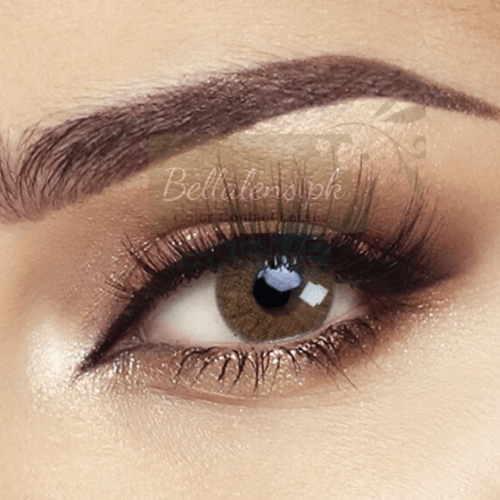Managing ADHD and anxiety symptoms simultaneously requires a multi-faceted approach that addresses both mental health conditions. Since both ADHD and anxiety can affect focus, emotional regulation, and overall well-being, it’s important to develop strategies that support both. Here are several ways to manage ADHD and anxiety symptoms:
1. Establish a Structured Routine
- How It Helps: A structured daily routine can reduce uncertainty and help manage both ADHD and anxiety. Having clear expectations for each day can minimize stress and improve focus.
- How to Implement:
- Use planners, calendars, or apps to schedule tasks.
- Break down larger tasks into smaller, manageable steps.
- Stick to a consistent sleep schedule.
2. Mindfulness and Meditation
- How It Helps: Mindfulness practices, including meditation, can help calm the mind, reduce impulsivity, and improve focus. Mindfulness also helps with anxiety by encouraging individuals to stay present and manage stress.
- How to Implement:
- Practice deep breathing or mindfulness meditation for 5–10 minutes a day.
- Try guided meditation apps (e.g., Calm or Headspace) that are tailored for anxiety and ADHD.
- Use grounding techniques (e.g., 5-4-3-2-1 method) to stay focused and reduce overwhelming feelings.
3. Physical Exercise
- How It Helps: Exercise can have a profound effect on both ADHD and anxiety by boosting endorphins and serotonin levels, which regulate mood and reduce stress.
- How to Implement:
- Aim for at least 30 minutes of physical activity most days of the week (e.g., running, swimming, or yoga).
- Consider activities that combine both focus and movement, like martial arts or dancing.
- Engage in aerobic exercises like cycling or jogging to alleviate restlessness and improve mental clarity.
4. Cognitive Behavioral Therapy (CBT)
- How It Helps: CBT is a structured, evidence-based therapy that focuses on changing negative thought patterns and behaviors. It’s particularly helpful for managing both ADHD and anxiety.
- How to Implement:
- Work with a therapist trained in CBT to address negative thinking patterns and anxious thoughts.
- Practice cognitive restructuring to challenge irrational thoughts related to anxiety.
- Use behavioral strategies like setting achievable goals and reward systems to stay organized and motivated.
5. Medication (If Prescribed)
- How It Helps: Medication can help manage symptoms of both ADHD and anxiety. Stimulants are commonly prescribed for ADHD, while selective serotonin reuptake inhibitors (SSRIs) or benzodiazepines may be used for anxiety.
- How to Implement:
- Consult with a healthcare provider to determine if medication is appropriate.
- Follow the prescribed dosage and regularly monitor any side effects or changes in symptoms.
- Combine medication with other therapeutic techniques for maximum benefit.
6. Sleep Hygiene
- How It Helps: Poor sleep can exacerbate both ADHD and anxiety symptoms. Establishing good sleep habits helps improve mood, focus, and emotional regulation.
- How to Implement:
- Aim for 7–9 hours of quality sleep each night.
- Create a calming bedtime routine (e.g., reading, avoiding screens, or meditative breathing).
- Stick to a consistent sleep-wake cycle, even on weekends.
7. Nutritional Support
- How It Helps: Nutrition plays a key role in brain health. A balanced diet can help stabilize mood, improve focus, and reduce symptoms of anxiety and ADHD.
- How to Implement:
- Eat a balanced diet rich in whole foods (fruits, vegetables, lean proteins, whole grains).
- Consider omega-3 fatty acids, which have been shown to help with ADHD symptoms.
- Limit caffeine and sugar, as these can worsen anxiety and interfere with focus.
8. Social Support
- How It Helps: Connecting with friends, family, or support groups can provide emotional support and understanding, which is important for managing both ADHD and anxiety.
- How to Implement:
- Join ADHD or anxiety support groups to share experiences and coping strategies.
- Encourage open communication with loved ones about your struggles and needs.
- Seek social activities that help you relax and de-stress (e.g., walking with a friend or engaging in a hobby).
9. Break Tasks Into Manageable Steps
- How It Helps: Individuals with ADHD often feel overwhelmed by large tasks, and this can contribute to anxiety. Breaking tasks into smaller, achievable steps can help reduce feelings of being overwhelmed.
- How to Implement:
- Use a “to-do” list or task management app to organize tasks into manageable chunks.
- Prioritize tasks based on urgency, and celebrate small wins to stay motivated.
- Set timers (e.g., the Pomodoro Technique) to work in short, focused bursts with breaks in between.
10. Limit Stimulant Intake
- How It Helps: Stimulants, like caffeine, can worsen both ADHD and anxiety. Reducing or eliminating stimulants can help balance mood and improve focus.
- How to Implement:
- Avoid excessive caffeine, particularly in the afternoon and evening.
- Consider herbal teas like chamomile or peppermint, which have calming properties.
By combining these strategies, individuals with ADHD and anxiety can improve their overall mental and physical well-being. Each person’s needs may differ, so it’s important to tailor the approach based on what works best for their unique circumstances.


